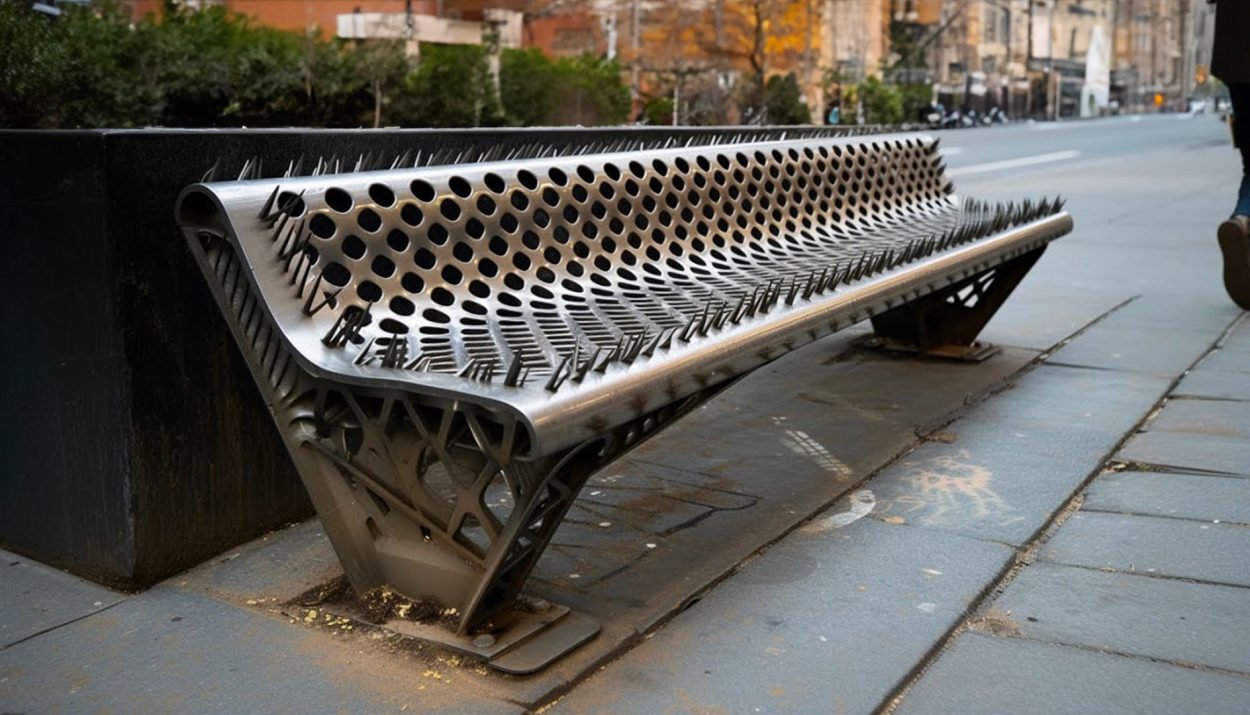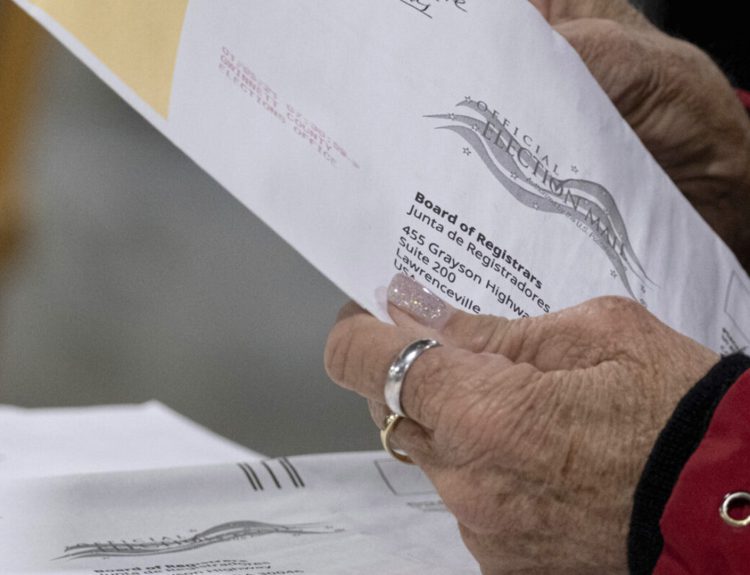In the past few months, New York City has struggled with the escalating humanitarian crisis as numbers continue to increase for refugees seeking asylum. There are growing concerns about the rise in hostile architecture in areas visited often by asylum seekers, this is bringing up debate about the city’s approach to the ongoing homelessness issue and urban designs. sparking debates about the city’s approach to homelessness and urban design. Cash Jordan talks about it in his recent video.
Violence On The Streets
Hostile architecture refers to the intentional installation of urban elements designed to discourage certain behaviors, often affecting the more vulnerable populations.
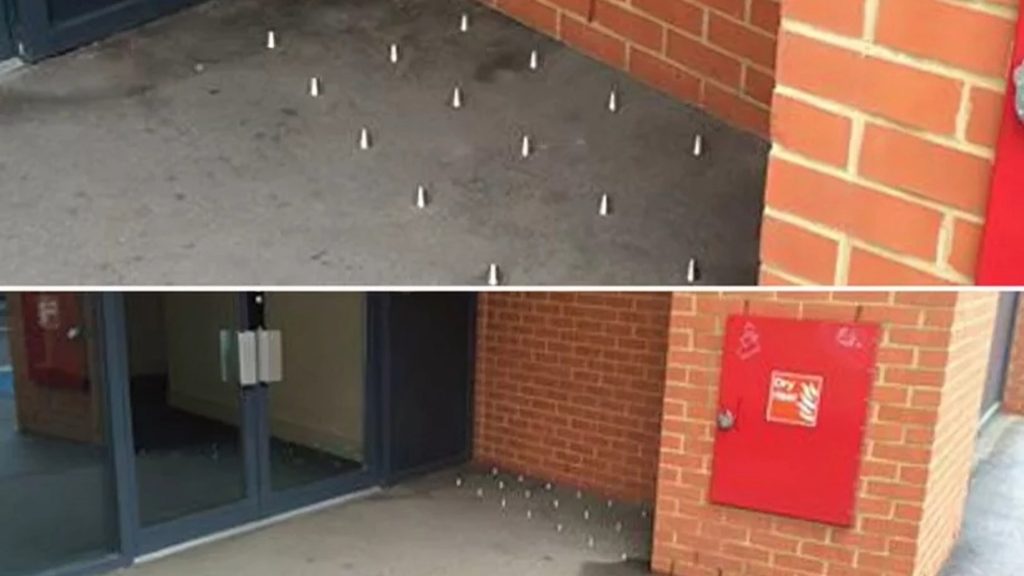
In this investigative video by Cash Jordan, multiple examples of hostile architecture near asylum shelters are exposed.
Consequences For Public Areas And Social Equity
The existence of hostile architecture prompts questions about the border, accessibility, and inclusivity of public places. Critics contend that if you prioritize security over human welfare, measures such as these only make social inequalities worse and create a stigma around marginalized communities.
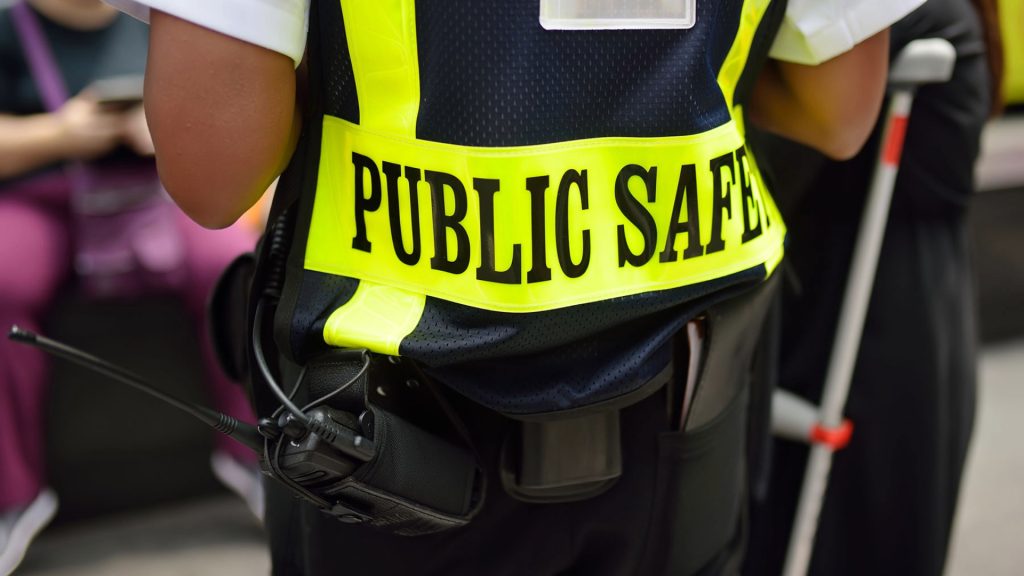
Furthermore, the elimination of essential amenities such as public restrooms only exacerbates marginalization of the vulnerable populus, making life more difficult for them.
Peeling Back The Motives
The video examines the reasons behind the implementation of hostile architecture, specifically in areas that are close to shelters that cater asylum seekers.
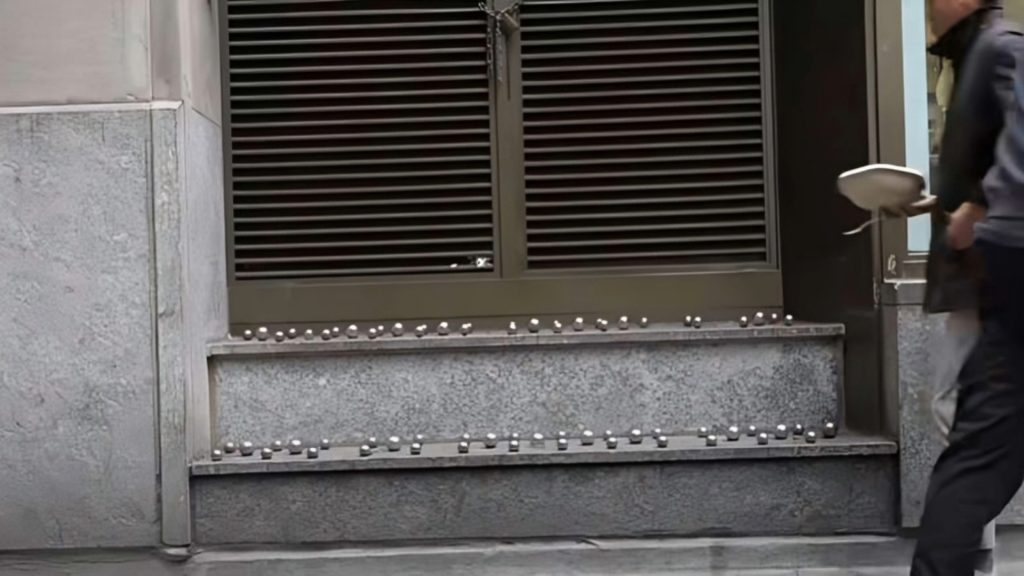
Examples include the installation of spikes, lInstances include the installation of spikes, oversized planters, getting rid of bike racks, and restricting access to public facilities. Jordan wonders whether the motives for these measures are driven by a genuine concern for safety or more as an effort to deter homeless people from taking up space in public spaces.
The Balance Between Safety And Compassion
As these cities struggle with complicated social dynamics, including homelessness and immigration, the moral considerations of hostile architecture come center stage.
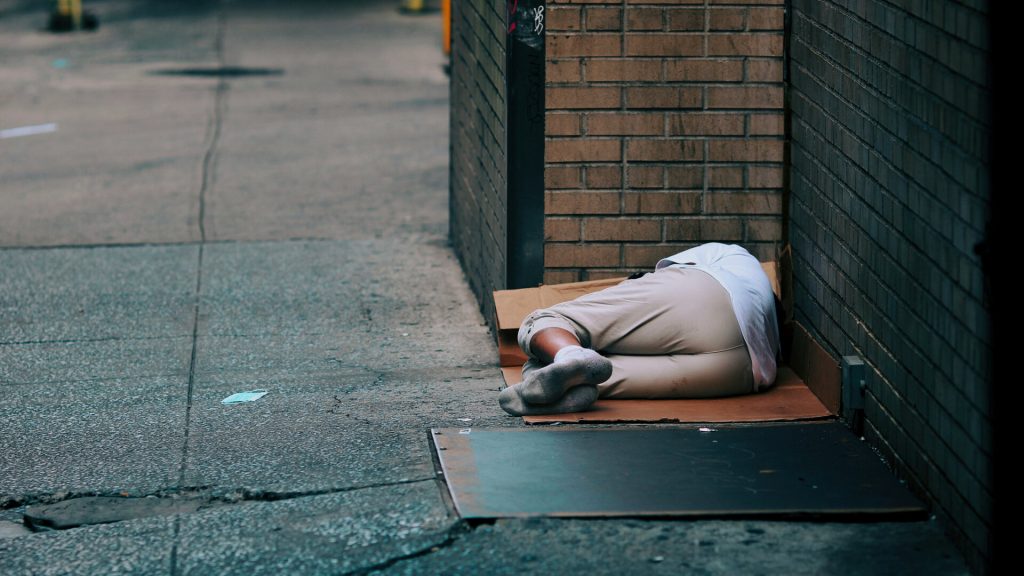
Is it ethically acceptable to make security measures a priority over the overall well-being of people? Is it possible for cities to find a balance between public safety and still extending compassion towards the more vulnerable populations?
Is It A Risk To The Public?
Some view the situation as completely irrational, “In a place where $100,000 a year is barely making it, what level of idiot would think bringing people that can’t afford to feed themselves in mass is going to be good! Sidewalks are not campsites!”
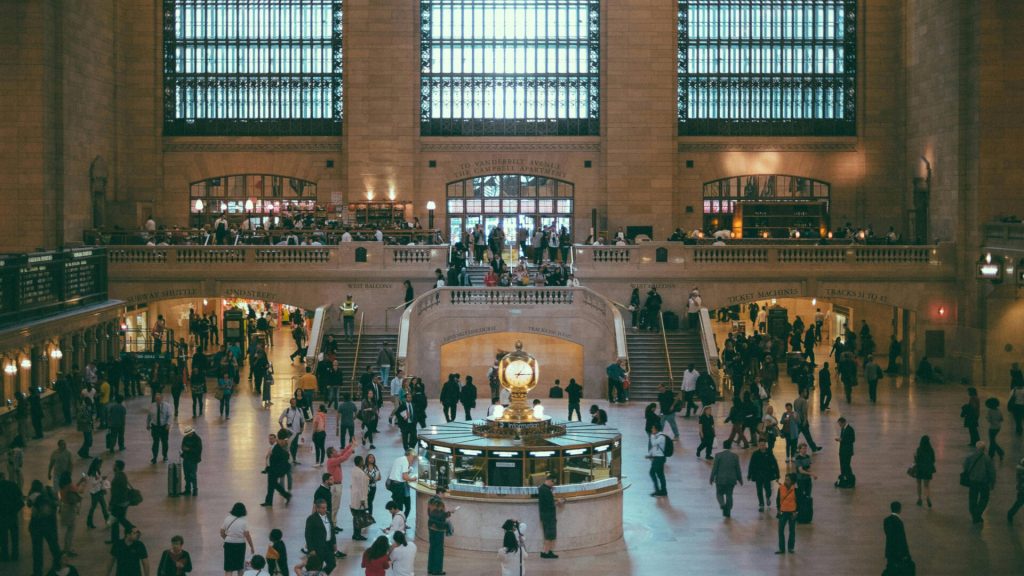
Another commenter added, “If anything, it looks like a public hazard. Someone tripping and falling, if they land their head on these sharp edges, lawsuit against the city. Overall, just dangerous and looks hideous.”
Deterring The Homeless?
More people commented their thought, “NYC is doing everything BUT stopping accepting illegals for free and giving them debit cards”
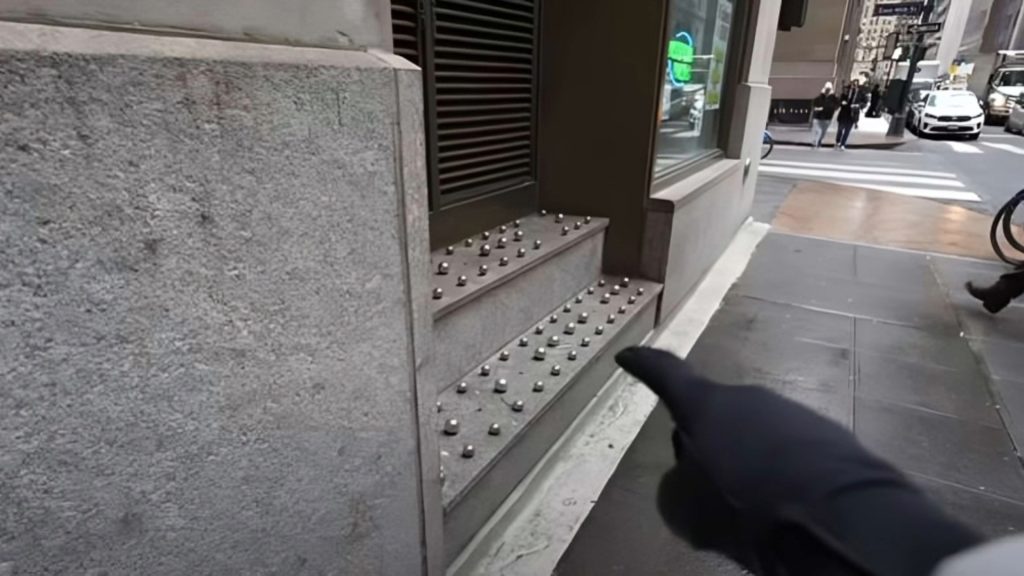
Another commenter gave some context to the issue, stating, “No bro you’re wrong. Those are homeless deterrents not migrant deterrents. American citizens who are homeless, while the migrants are given hotel rooms, the homeless american is left to freeze”
Finding Solutions
The rise of hostile architecture highlights the necessity for finding alternative approaches homelessness and urban planning.

Effective solutions require combined efforts with government agencies, urban planners, advocacy groups, and affected communities. This is paramount to coming up with comprehensive solutions that uphold dignity, promote inclusivity, and get to the bottom of what causes homelessness.
A Indication Of Broader Societal Attitudes
What are your thoughts? What do occurrences of hostile architecture in urban environments reveal about larger attitudes of society towards homelessness and immigration?
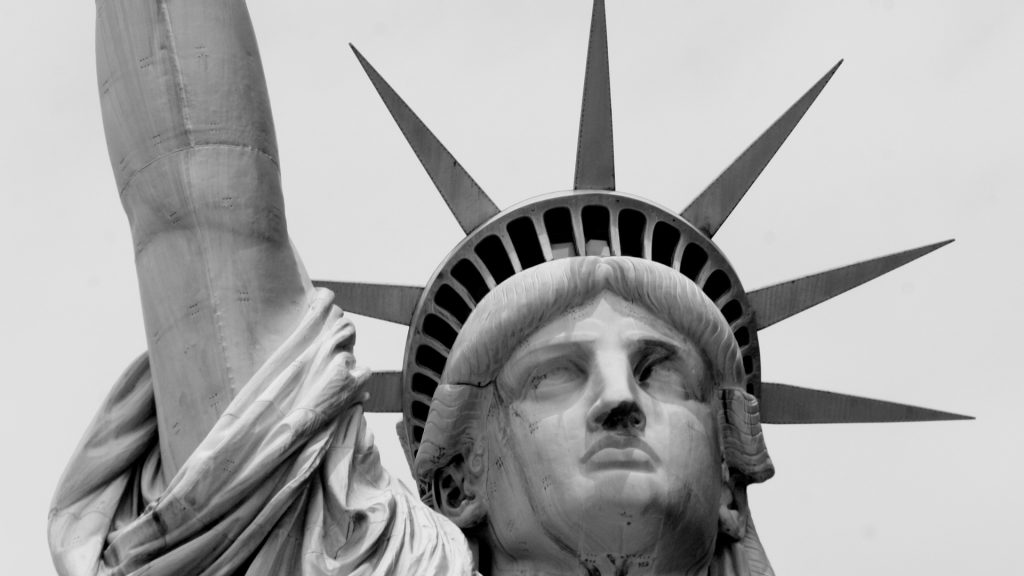
What ethical factors should guide the choices concerning urban design and the distribution of public resources?
An Urgent Need For Open Discussions And Action
As the conversations about hostile architecture continue, it is more important now than ever to nurture an open dialog and advocacy aimed at challenging inequitable urban practices.
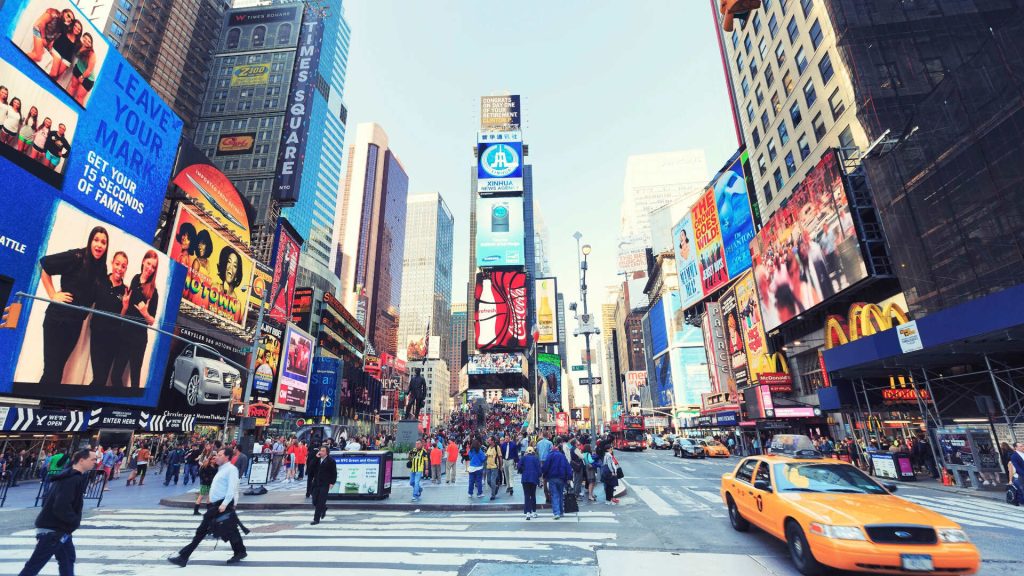
By emphasizing design principles centered on humanity and nurturing empathy towards marginalized communities, cities such as New York can move towards creating an inclusive and compassionate urban environment for all residents.
The Need For Public Safety
How can cities balance the obvious need to tend to public safety while still addressing the rights and dignity of marginalized populations?
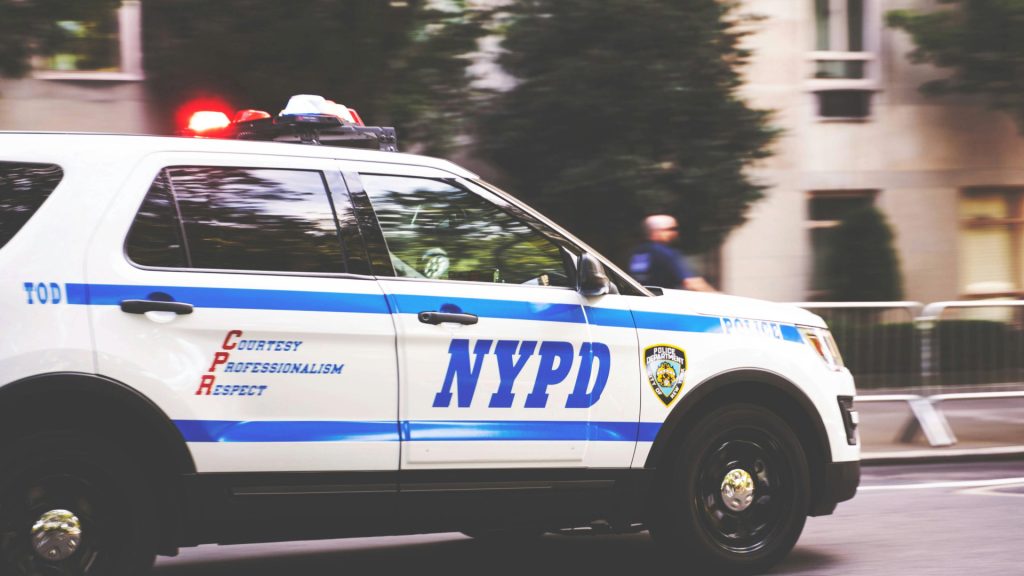
How can communities promote the creation of urban areas and still challenge the implementation of hostile architecture?

